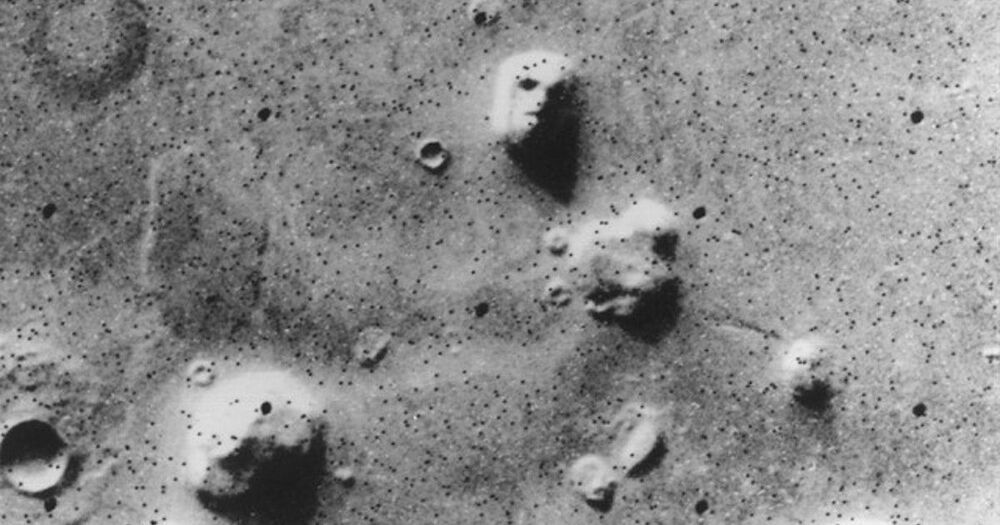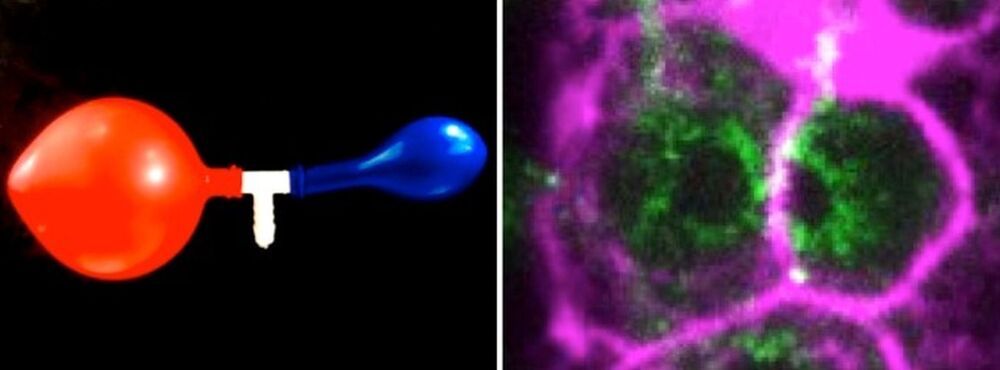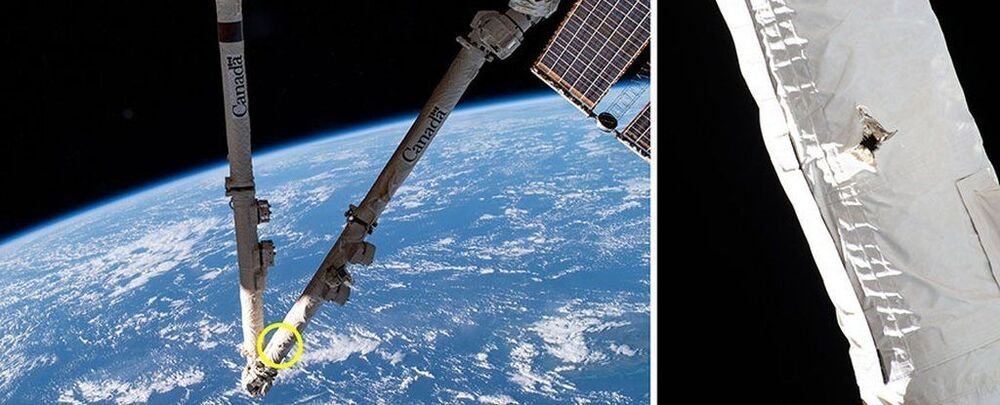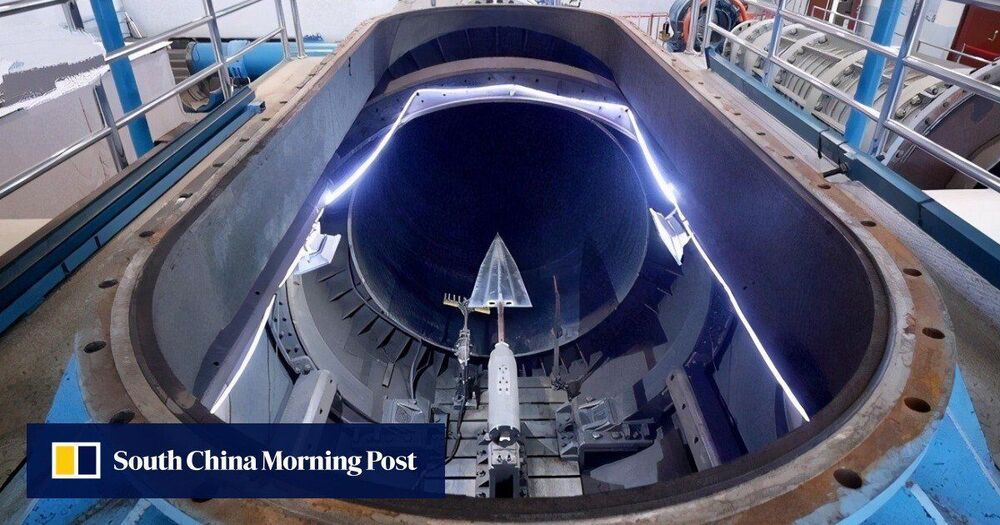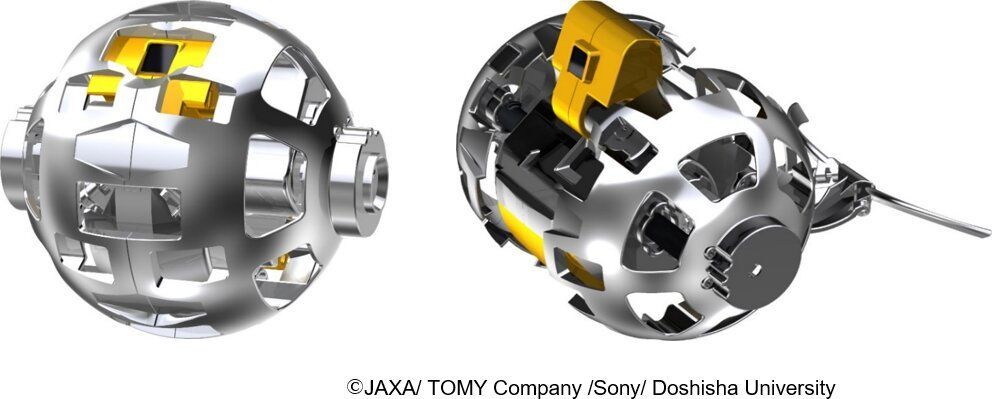With 2700 locations across 10000 U.S. communities, YMCA is becoming a major hub for healthy living — From vaccinations and diabetes prevention programs, to healthy aging and wellness — Siva Balu, VP/Chief Information Officer — The Y of the U.S.A.
Mr. Siva Balu is Vice President and Chief Information Officer of YMCA of the U.S. (Y-USA), where he is working to rethink and reorganize the work of the organization’s information technology strategy to meet the changing needs of Y-USA and Ys throughout the country.
The YMCA is a leading nonprofit committed to strengthening community by connecting all people to their potential, purpose and each other, with a focus on empowering young people, improving health and well-being and inspiring action in and across communities, and with presence in 10000 neighborhoods across the nation, they have real ability to deliver positive change.
Mr. Balu has 20 years of healthcare technology experience in leadership roles for Blue Cross Blue Shield, the nation’s largest health insurer, which provides healthcare to over 107 million members—1 in 3 Americans. He most recently led the Enterprise Information Technology team at the Blue Cross Blue Shield Association (BCBSA), a national federation of Blue Cross and Blue Shield companies.
Mr. Balu was responsible for leading all aspects of IT, including architecture, application and product development, big data, business intelligence and data analytics, information security, project management, digital, infrastructure and operations. He has created several highly scalable innovative solutions that cater to the needs of members and patients throughout the country in all communities. He provided leadership in creating innovative solutions and adopting new technologies for national and international users.

